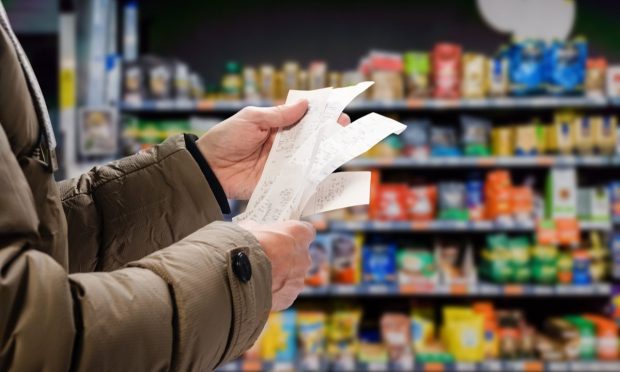Latest Inflation Data: Paycheck-to-Paycheck Consumers Will Have to Make Tough Choices

We’ve been here before. But not for 40 years, and back then it wasn’t pleasant, nor is it a lark right now.
The latest inflation reading, announced Thursday (March 10) by the Labor Department through its Consumer Price Index (CPI), found that prices are rising at a rate not seen in 40 years.
At this rate, bit by bit, inflation winds up being the thief that takes from everyone, though not equally — and usually robs middle- and working-class individuals and families of a disproportionate share of purchasing power.
Though the consumer has been able to keep spending — perhaps surprisingly so — through the last several years, one wonders where the tipping point lies. The February data, of course, got a boost from energy prices, skyrocketing in turn due to the specter of war in Europe. Now, that war is real — and in March energy (and other) prices gained even more, so its possible that February’s inflation pales next to March’s data.
Even stripping out the impact of energy and food prices (which, yes, have been volatile), consumer inflation was up 6.4%, annually, up from 6% in January.
But: Gas and food are staples of daily life, and “stripping” those line items from the equation simply show that, well, everything is getting more expensive … which means that consumers, especially with little financial wiggle room, are going to have to make choices as to what they can do with the dollars they have on hand.
No easy path lies ahead for the paycheck to paycheck consumer, whose ranks are swelling.
Read also: Nearly Half of Consumers Earning $100,000 a Year Live Paycheck to Paycheck
The latest data show that just under half of consumers who make $100,000 or more annually belong to this group — and a staggering 77% of individuals who make less than $50,000 do, too. For this latter profile, there are already warning signs in the mix that there will be a throttling back on spending. PayPal signaled as much, a few weeks ago, in its most recent earnings report. The CFO of Macy’s said this week that inflation is having an impact on lower-income consumers.
BNPL May be Pressured, Too
In terms of budgeting, PYMNTS data found that 58% of people who have trouble paying their bills have a strong interest in buy now, pay later (BNPL) products provided by their banks. Many of the companies that have a claim in this space have shown strong volume growth in BNPL payments — most notably, Marqeta, which last night said that BNPL represented more than 10% of its total processing volumes. BNPL, as noted in past studies, has been used by a broad swath of the population as a budgeting tool to avoid over-spending and to sidestep the fees tied to traditional credit. Of course, once individuals commit to those weekly, or monthly, installment payments, they may struggle to meet those obligations too.
Read also: Millennials, Gen Z Fueling BNPL Use
But if spending dries up considerably, those firms enabling BNPL will see headwinds too — indicating that no one is immune to inflationary pressures.
